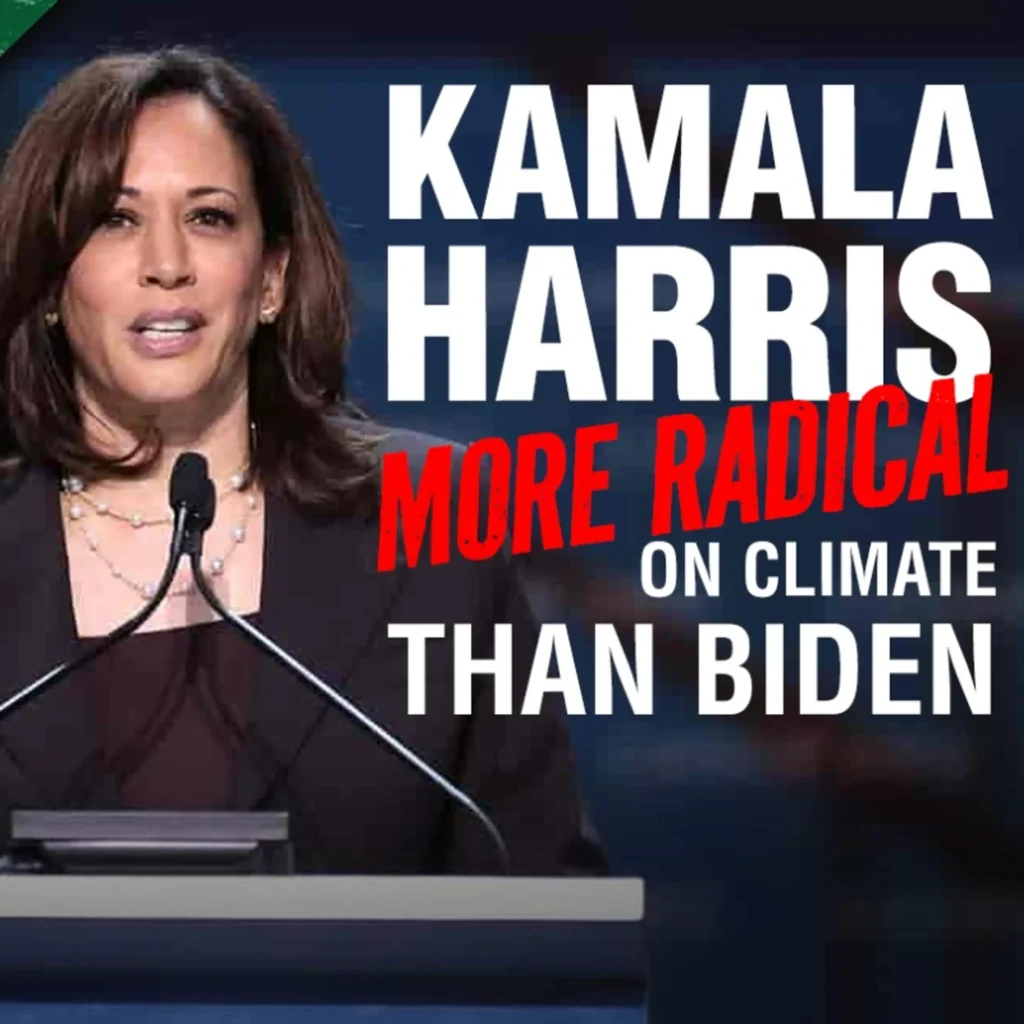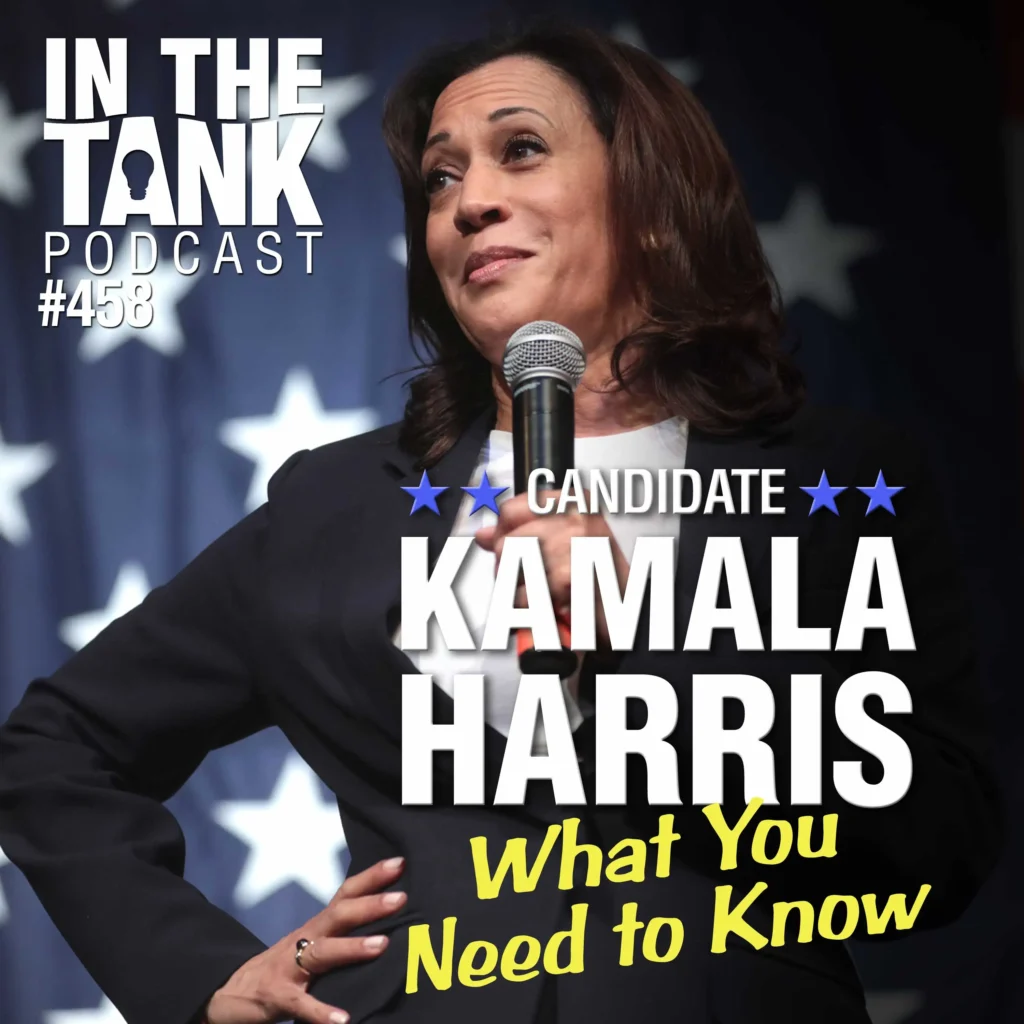Has the post-crisis bounce finally exhausted itself? It’s beginning to look like it. But you wouldn’t be surprised if this turned out be just another feint to the downside, would you? We’ve seen several. We expected the end of the bounce last summer. Instead, the rally has held up for a full year longer than we expected.
Is it ready to roll over now? Let’ wait and see…
We’re attending a conference of financial analysts, investment advisors and writers. What have we learned so far?
$3.5 Trillion Just On Interest
How about this? Porter Stansberry told us that together, public and private sectors in the US now spend $3.5 trillion just on interest. Since almost all the borrowed money was spent on consumption rather than capital investment, this expense is just one big drag on the economy. It produces no growth, no real jobs, and no real wealth.
And here’s another big drag: taxes. Porter says the total tax take is about $2.5 trillion. Again, this is money almost 100 percent consumed…eaten up…used up, with nothing to show for it but people eager to consume even more next year.
These two expenses combined tote to about 40 percent of GDP.
No wonder the economy is not growing! Four out of every ten dollars is zombie spending. It supports hamburgers consumed in 1998…gasoline burned in 2002…bankers’ bonuses handed out in 2008…and food stamps distributed in 2011.
Debt, in other words. But what can be done about it?
More Defaults, Inflation
Households are already defaulting on mortgage debt. As the Great Correction intensifies, there will probably be more defaults. And not just on mortgage debt, but on credit card debt and student loans too.
Over in the public sector, they’re counting on inflation to wipe out much of their debt. Already, inflation is said to have reduced seniors’ purchasing power by 32 percent percent over the last decade. And that is with an official CPI of only 1percent or 2 percent. Wait until inflation really gets going!
Meanwhile, word is getting out. The mainstream financial media – which supported the Feds’ nitwit interventions – is beginning to realize that they didn’t work. Here’s The Economist rubbing its eyes, waking from a long sleep:
RECOVERIES from financial crises are usually subdued, but America’s is starting to look comatose… Last December an agreement between Barack Obama and the Republicans to extend George Bush’s tax cuts and enact new ones led to forecasts of 3% to 4% growth this year. But the new consensus rate of 2.6%, for a recovery now two years old, is barely above America’s long-term potential and scarcely enough to bring unemployment down. To be sure, the post-crisis imperative for banks and households to reduce their debt meant a V-shaped rebound was never on the cards. Even so, this is a terrible performance.
Economists have found themselves repeatedly making excuses. First it was the snowstorms. Then it was Japan’s earthquake, tsunami and nuclear disaster which crimped the supply of parts to car assembly plants in America. Then, as the snow melted, floods ravaged Arkansas, Mississippi, Missouri and Tennessee, and tornadoes battered Alabama and Missouri. America has suffered five incidents of extreme weather this year, each inflicting at least $1 billion in damage.
The most important special factor has been petrol. Prices jumped from $3 per gallon at the end of December to $3.90 in early May. That has siphoned off much of the purchasing power that consumers should have extracted from December’s tax agreement and subsequent gains in employment. Total consumer spending rose at just a 6.7% annual rate in the three months to the end of April, but most of that increase was eaten up by inflation. Real spending grew by a paltry 2.2%.
To make matters worse, house prices in March fell to a new post-crisis low. Betsy Graseck of Morgan Stanley reckons they’ll fall another 10% to 12% over the next year. That is only one of many reasons she says banks are cautious about lending: they are also facing tougher scrutiny of their underwriting by regulators and buyers of their mortgages.
Having learned nothing, The Economist gives more bad advice:
…[Republicans’] main plank is that the federal government slash spending. “Families are tightening their belts and sticking to a budget – and Washington should too,” said Eric Cantor, the Republican majority leader in the House. Maybe so, but spending less when households are in no shape to pick up the slack seems a sure-fire way to keep an anaemic recovery off-colour.
Yeah. Spend, spend, spend…borrow, borrow, borrow. That’s worked great so far. Yeah.
The Great Correction
The trouble with The Economist, The Financial Times, the US government and most mainstream economists is not that they don’t know what is going on but that they don’t want to know.
Nobody gets a Nobel Prize for letting the chips fall where they may. Nobody attracts readers by telling them that there is nothing that can be done. And nobody gets elected by promising to do nothing.
So they continue giving bad advice…and following dead-end, counter-productive, zombie-feeding policies.
Usually, the economy is robust enough to recover despite their efforts. Not, apparently, this time.
So, we give you a new definition:
A Great Correction: when an economy is so weak it can’t overcome the Feds’ efforts to fix it.
Bill Bonner ([email protected]) is founder of Agora Financial, LLC and author of New York Times best-selling books Financial Reckoning Day and Empire of Debt. Used with permission from TheDailyReckoning.com.



